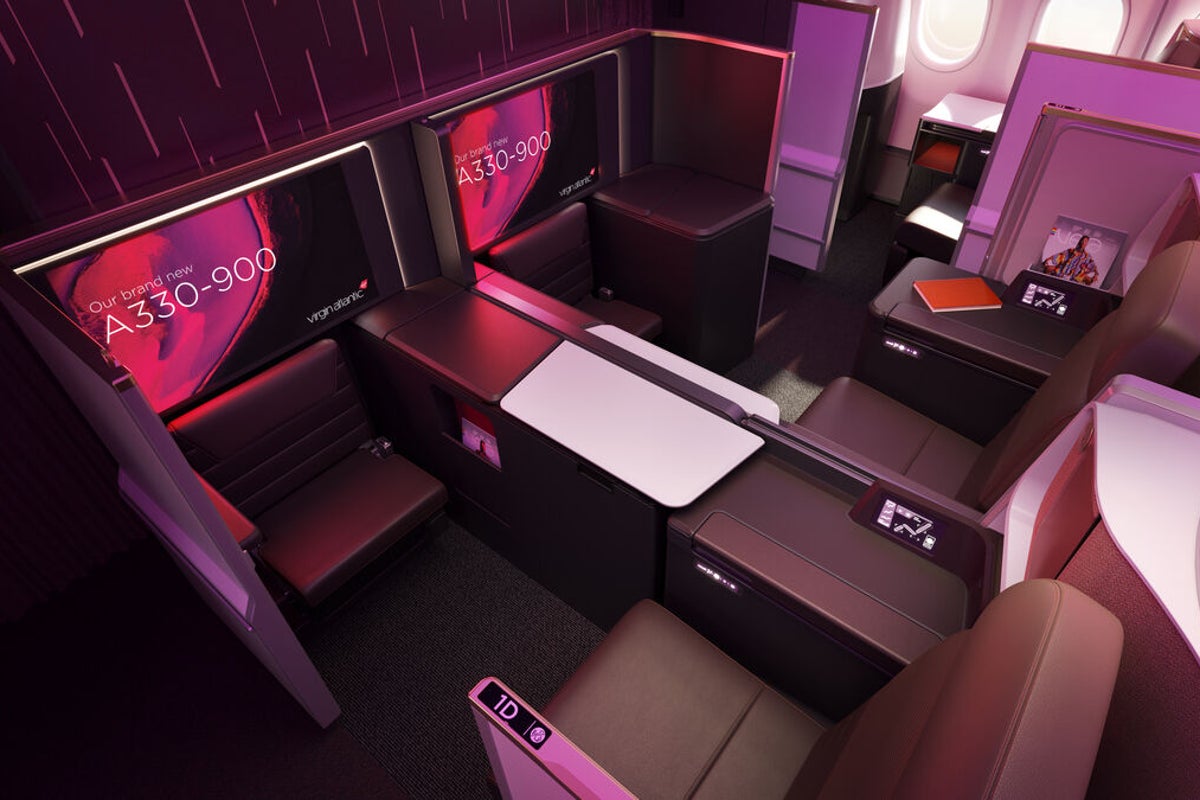Why Nielsen rival iSpot is investing millions in TVision alternative panel
TV measurement panel provider TVision has closed an investment round led by iSpot.tv.

TV measurement panel provider TVision has closed a $16 million investment round led by iSpot.tv in a deal that will give the Nielsen rival expanded access to coverage of connected TV audiences across more than 900 streaming apps and publishers.
The deal comes as TVision is under consideration as an industry alternative to Nielsen’s national TV panel by both the Video Advertising Bureau and Association of National Advertisers, which are in talks to possibly set up an industry panel jointly that would be available for Nielsen competitors to use.
TV networks are looking at an alternative panel as possibly a necessity to get the buy side to accept Nielsen alternatives that could bring more competition and lower costs to U.S. TV measurement. The ANA has a more modest objective of a panel used to calibrate big data from Comscore and VideoAmp for cross-media measurement pilots it wants to launch by next year.
As part of the deal, iSpot CEO Sean Muller will join TVision’s board. But executives of both companies said the deal wouldn’t preclude other Nielsen competitors from using the panel, including VideoAmp, with which TVision CEO Yan Liu said his company is also expanding business. The new funding round brings TVision’s total amount raised to $58 million and includes continued support from SIG Capital, Accomplice and Golden Ventures.
“We’re super bullish on the technology they’ve developed for enhanced, passive metering of people,” Muller said. “It’s an important part of future currency. That was really what drove this investment.”
The closer relationship between TVision and iSpot won't preclude VideoAmp or others from using the Nielsen alternative for their own measurement, Muller said, adding that he supports development of an alternative industry panel.
“So far there’s been a lot of talk about it, but not much action,” Muller said of the industry alternative panel. “We’re actually writing a check here.”
The investment comes despite a series of patent infringement lawsuits against TVision by Nielsen, one of them filed last month a day after Nielsen was awarded a patent for using webcams to capture facial signatures of TV viewers, which is what TVision long has done with its own technology.
Liu said TVision has its own patents for its technology and that the lawsuits are without merit. Muller said that while “litigation is always a concern,” the Nielsen lawsuits don’t pose enough threat to cause iSpot to decline to move forward.
TVision uses facial recognition technology combined with automated content recognition (ACR) technology to passively monitor how many and who in a household are watching programs and ads. Among other things, that allows it to track audiences for providers such as Netflix even when the streaming services terms of service prevent TV equipment manufacturers from passing along viewership information from its app to advertisers.
TVision already provides data to help iSpot and VideoAmp estimate the number of people watching from among the millions of households whose devices they monitor. But it has only about 5,000 households compared to 42,000 for Nielsen, which has led some industry watchers to say it needs to expand coverage to deliver comparable accuracy.
Liu has said TVision's system delivers an effective number of participating households not much smaller than Nielsen’s. But the new cash infusion could help TVision ultimately add more households, he said.
Among TVision's first priorities with the new cash, however, will be adding devices in existing households to capture viewing from additional TV sets in those households. Liu said about 85% of viewing in households happens on the primary TV, but that building out coverage of secondary TVs will improve TVision’s data.
Access to TVision’s CTV measurement has become more important since iSpot expects to ultimately be part of the optimization toolbox and currency used by buyers of Netflix and Disney ad-supported services, Muller said. While Netflix has said it will use Nielsen Digital Ad Ratings as currency measurement starting at some point next year, Muller characterized client interest in using iSpot to measure Netflix ad audiences as “extremely high.”
“In the future, it’s hard for me to believe brands will only want to rely on one particular method to measure CTV campaigns,” Liu said. He pointed to Amazon’s weekly publication of numbers based on its own server data supplemented by a non-Nielsen third-party—routinely higher by more than a million viewers than Nielsen’s data—as a good reason why.

 Tfoso
Tfoso 








.png&h=630&w=1200&q=100&v=dc6dbebc34&c=1)























